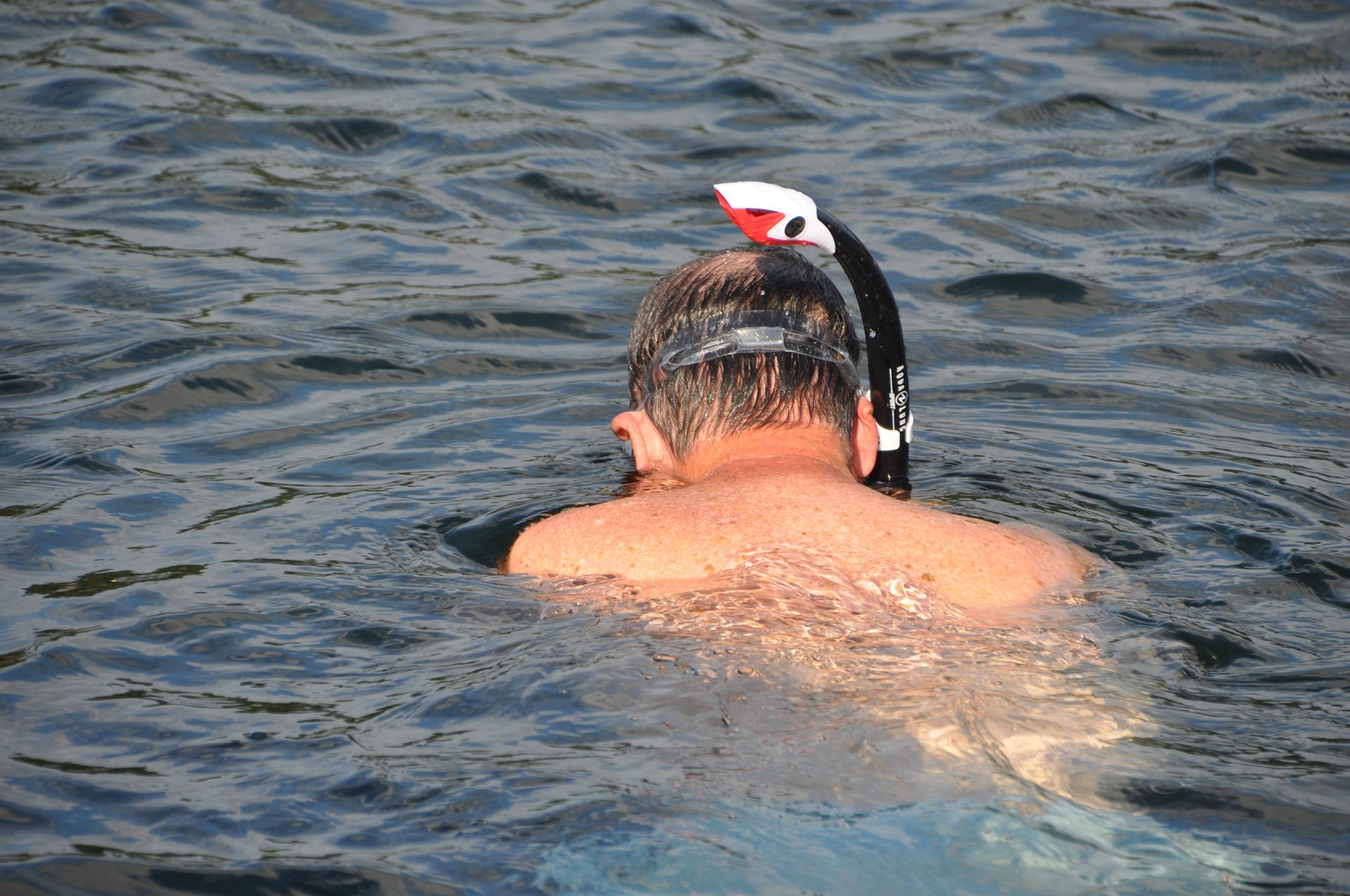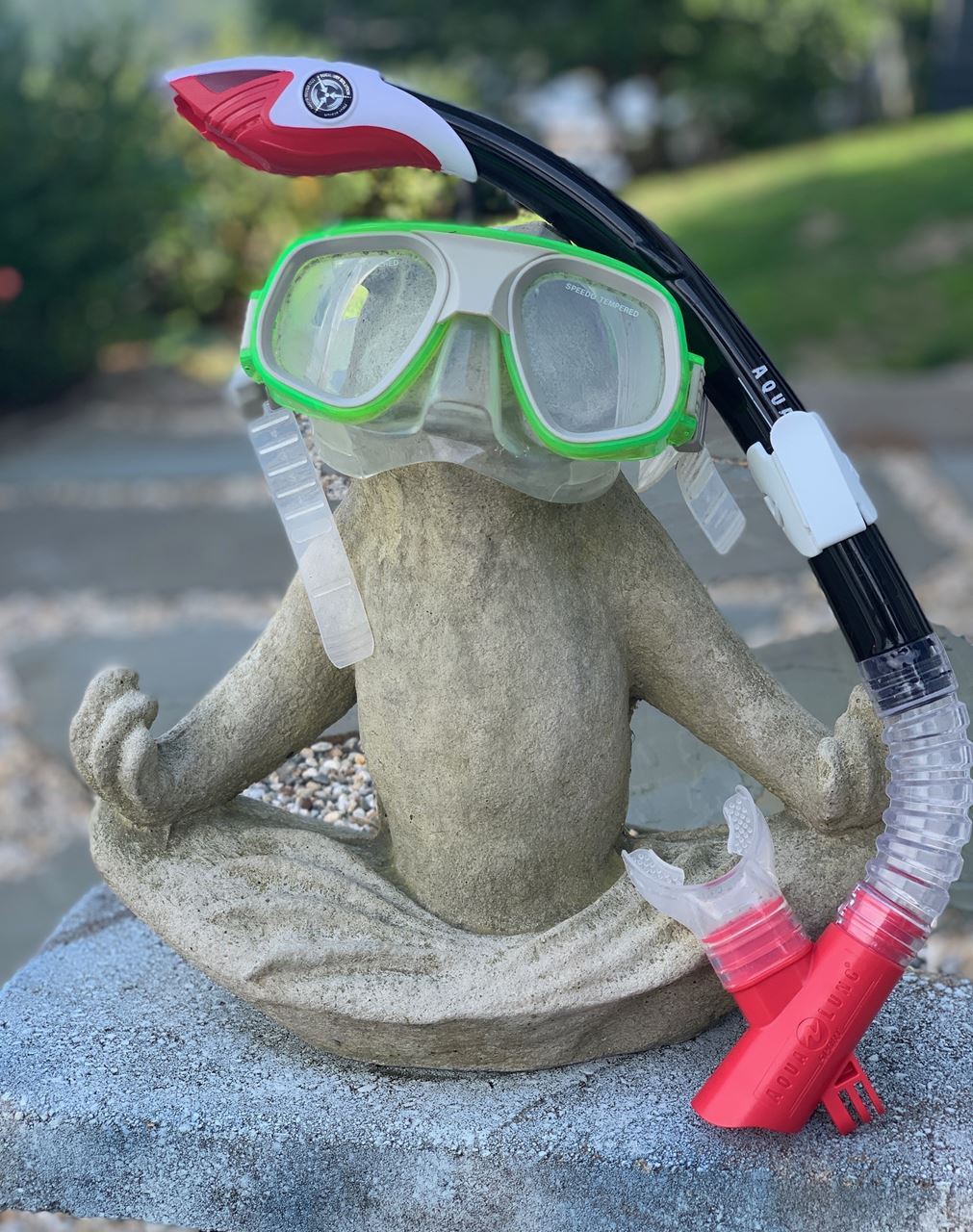Weed Watchers and Vegetation Survey
What are the tasks of Weed Watchers? Our Weed Watcher team of more than 20 are first trained on site by a Weed Watch Coordinator to identify noxious species. Once trained the Weed Watchers take to the water twice during the months of June-September. Some of the team survey from kayaks or small boats and others go mask-on and fins-up for closer inspection of the shoreline. We can really use your help. After a short 30-minute training, you’ll be an official Weed Watcher and part of the team. What is the vegetation survey and why is it done? Since 2012, the SLA has retained an environmental consulting firm, Solitude Lake Management, to survey the Lake's entire littoral zone (shallow shoreline) to document the growth of aquatic plants with particular regard to exotic species. This work is done in coordination with the Lake Host and Weed Watchers programs. The annual vegetation survey pays particular attention to the wily and well-known Variable Milfoil, which is most prevalent in NH water bodies. Weed Watches in combination with the survey, help assure that property values and the economic and recreational vitality of Spofford Lake are not compromised. There are any number of lakes that have suffered extensively from, for example, a Milfoil infestation. What locations on the shoreline are searched? Some 25 locations are searched around the Lake. Particular attention is paid to those areas closest to the boat ramp as that is where ‘hitchhiker exotic weed pieces” are most likely to enter the Lake and take hold. Moreover, special attention was paid to locating Water Chestnut as it was found in 2019.
What have been the recent results of the survey? “Based on the 2020 survey, the aquatic plant assemblage in Spofford Lake appears unchanged relative to previous survey years. No exotic aquatic species were observed in the survey — undoubtedly due to the commitment of SLA and their volunteers.”
What can I as a homeowner do to help? Familiarize yourself with most common invasive species, NH DES Exotic Aquatic Species Program and be on the lookout for them.
What should I do and whom should I contact if I think I have found an invasive species? If you think you have spotted an invasive species, please follow these steps: 1) first, take no sample, i.e., don’t touch it, 2) take a photo of the “weed” and its position relative to the shoreline. If you don’t have a phone/camera with you, please make a mental note of the location, and 3) text Val Starbuck with the photo. Or call her with your observations. Her number is 603-762-3447. She will investigate promptly. Thanks for your help! Excellent job Weed Watchers!
Page updated on March 11, 2023 |






